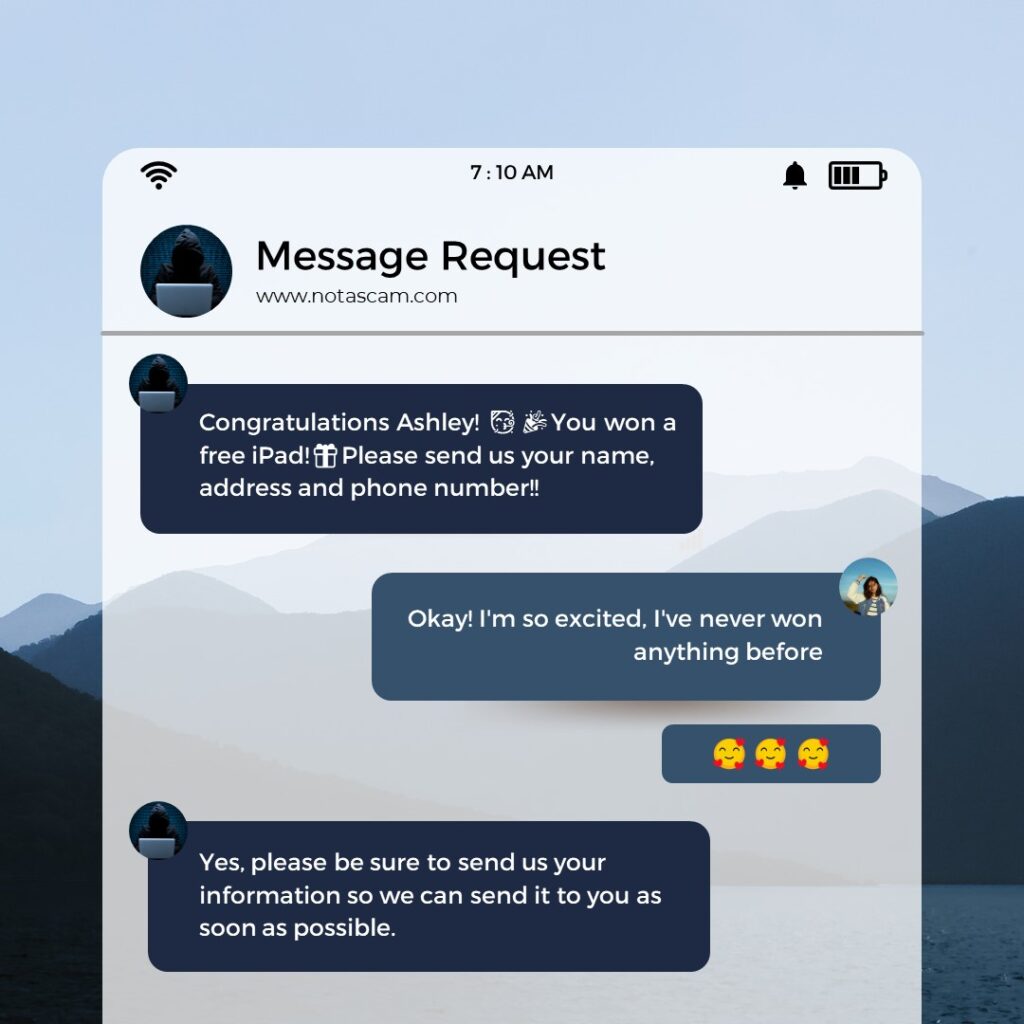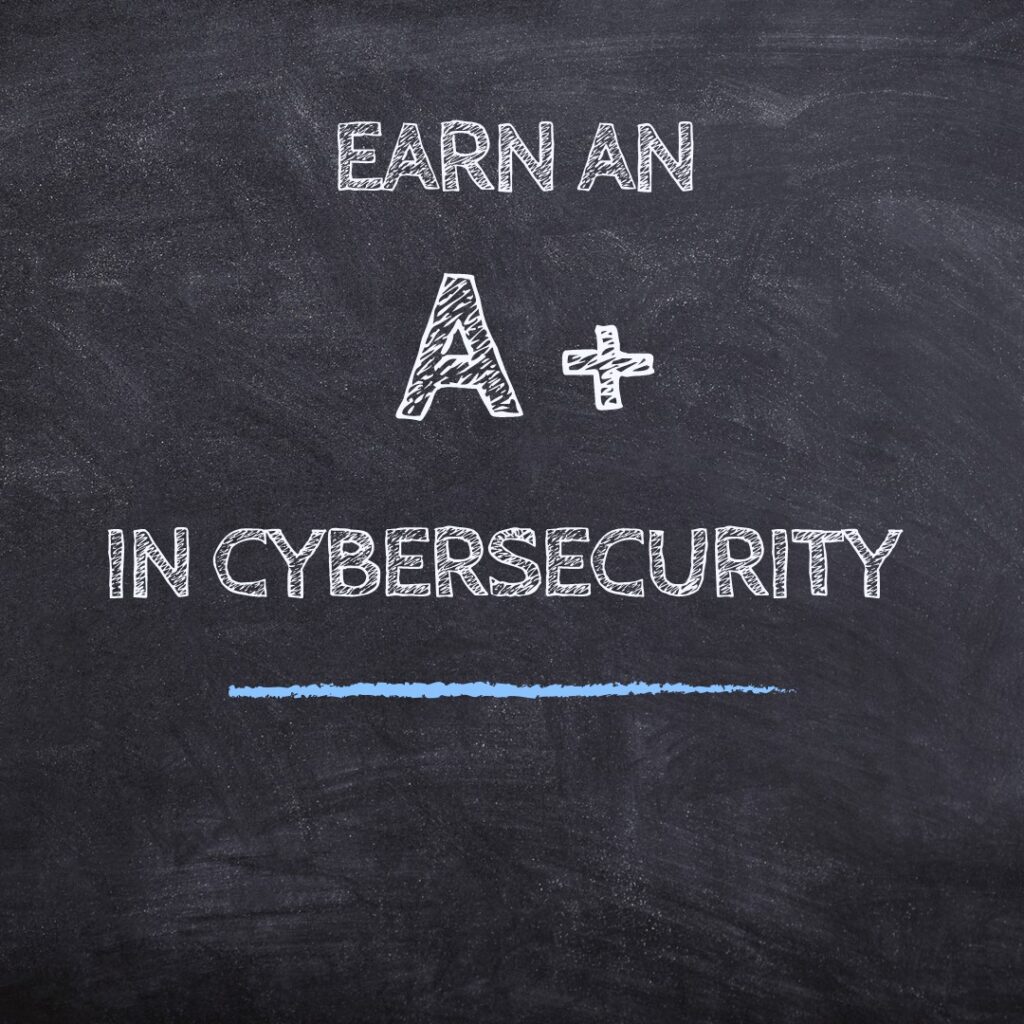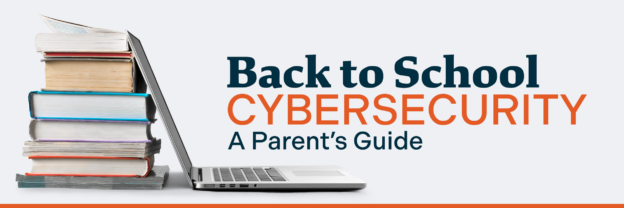As another school year approaches, it’s essential for parents to not only focus on buying school supplies and organizing schedules but also on safeguarding their children’s online activities. Cybersecurity is an ongoing concern, and students can be particularly vulnerable to the risks online. Take proactive steps to educate and protect your student’s online presence, so that you can ensure their safety and provide them with a secure environment for learning.
Here are some practical tips for parents to consider as their children head back to school:
Strong Passwords
Encourage your student to create strong and unique passwords for their various accounts. Teach them about the importance of using a combination of uppercase and lowercase letters, numbers, and special characters. Additionally, advise them not to share passwords with anyone, even their closest friends. Remember passwords can come in many forms – phrases can be easier to remember.
Check out DinoPass – Simple password generator for kids for ideas.

Emphasize Online Safety
Remind your student about the significance of privacy while using the internet. Teach them to be cautious about sharing personal information, such as full names, addresses, phone numbers, or school details, on public platforms or with strangers online. Encourage them to think twice before posting anything online and to be aware of potential consequences. For example, saying something like “I can’t play online, I’m on the bus now” gives details about their schedule.
Phishing Lessons
Phishing attempts and online scams can trick even the most vigilant individuals. Explain to your student what phishing emails look like and how to identify suspicious links or attachments. Teach them to be skeptical of messages asking for personal information or requesting money. Reinforce the importance of reporting any suspicious activity to you or their teachers.
Teach Safe Social Media Habits
It is crucial to educate your student about responsible social media usage. Discuss the importance of setting privacy settings to restrict access to their profiles, accepting friend requests only from people they know in real life, and avoiding sharing sensitive information or engaging in cyberbullying.

Install Antivirus Software
Use reliable antivirus software and ensure it is up to date and set to perform regular scans. Explain the significance of keeping software, operating systems, and applications updated to avoid vulnerabilities that hackers may exploit.
Encourage Regular Backups
Save your student’s work on cloud storage platforms or external hard drives regularly. This practice can help them recover their data in case of a cyber incident or device failure.
Communication
Trust and open communication are critical to ensure that your student feels comfortable discussing any cybersecurity concerns they may have. Encourage them to approach you if they encounter any suspicious online activities or receive inappropriate messages. Be supportive and provide guidance without judgment.

Set Boundaries and Time Management
Promote healthy technology habits by setting boundaries on screen time and ensuring your student gets sufficient rest, physical activity, and social interaction. Explain the importance of balance and the potential risks associated with excessive internet use.
Be a Security Guide
The responsibility to ensure our student’s safety both offline and online begins with us. Have open discussions about cybersecurity, so that you can help protect your student from various online threats. Remember that education and ongoing communication are key to creating a safe digital environment for your student as they head back to school. Let’s empower our students to make informed choices and navigate the online world securely.

This content is provided by our Security Awareness Partner, BreachSecureNow.
Back-to-School Cybersecurity Tips – Breach Secure Now!

